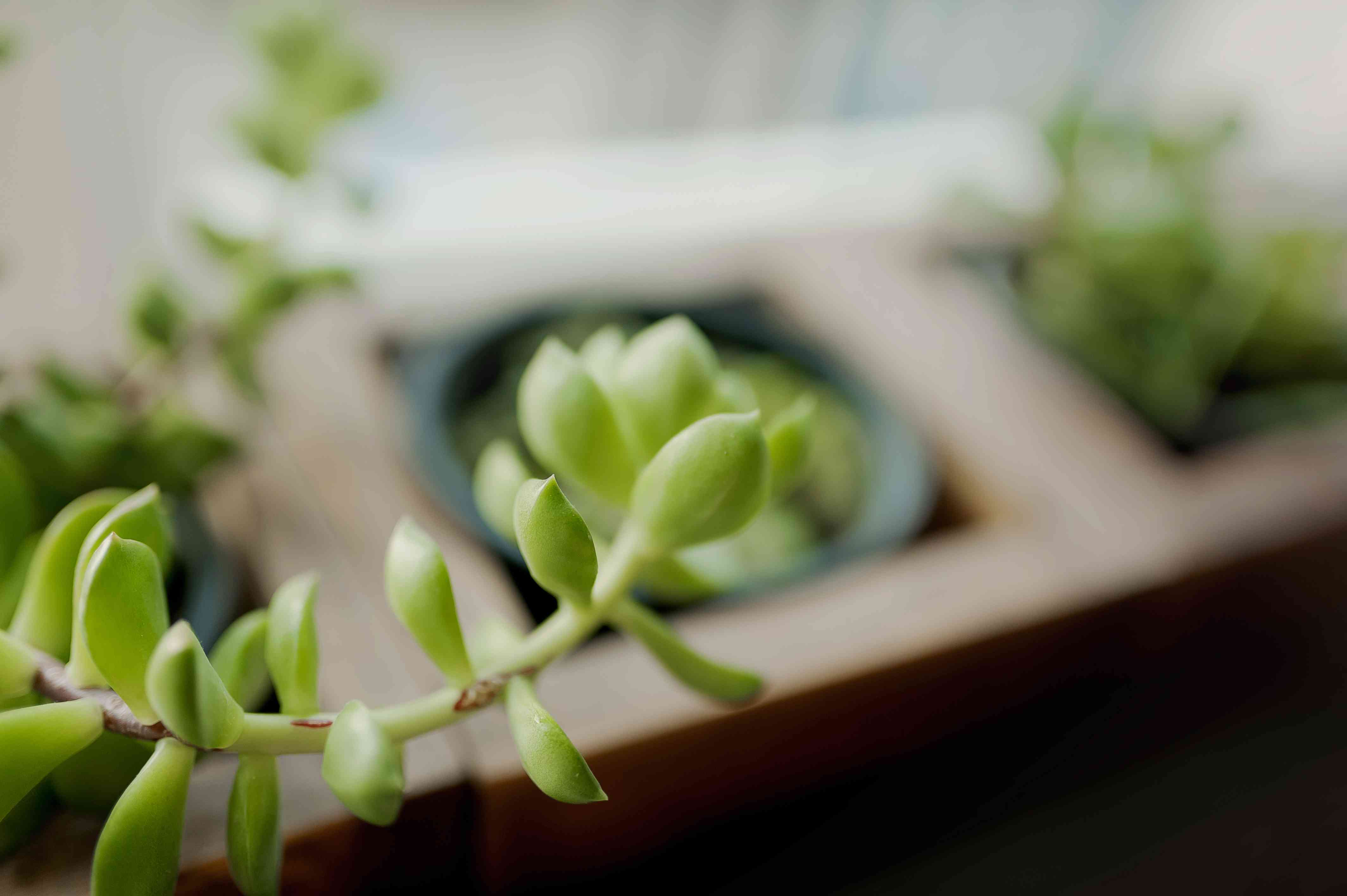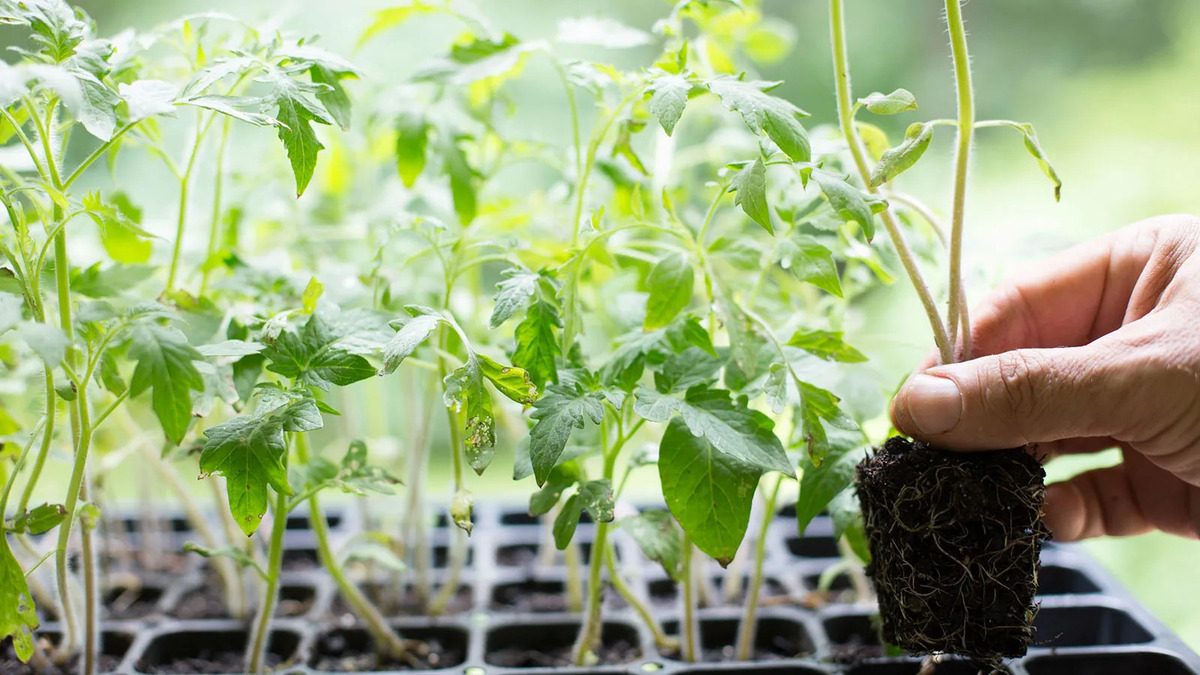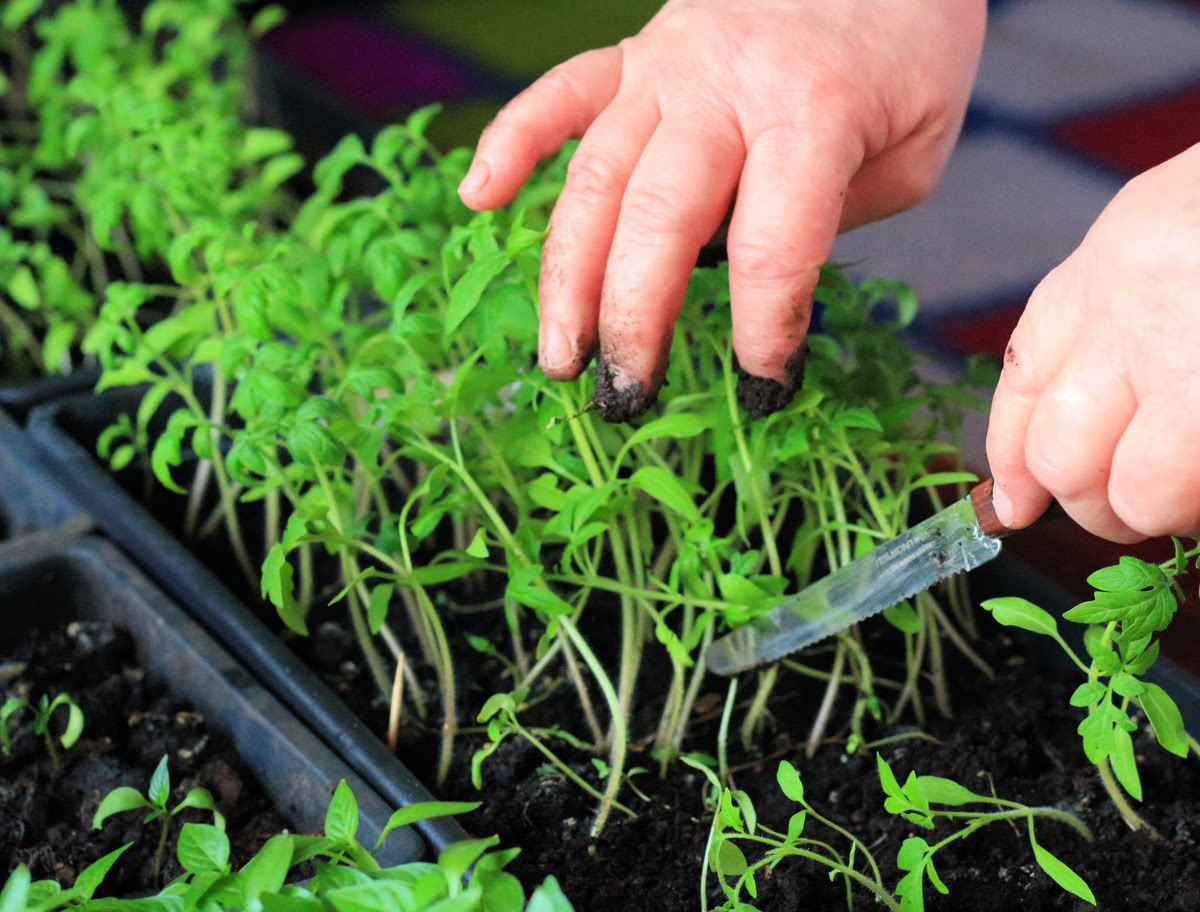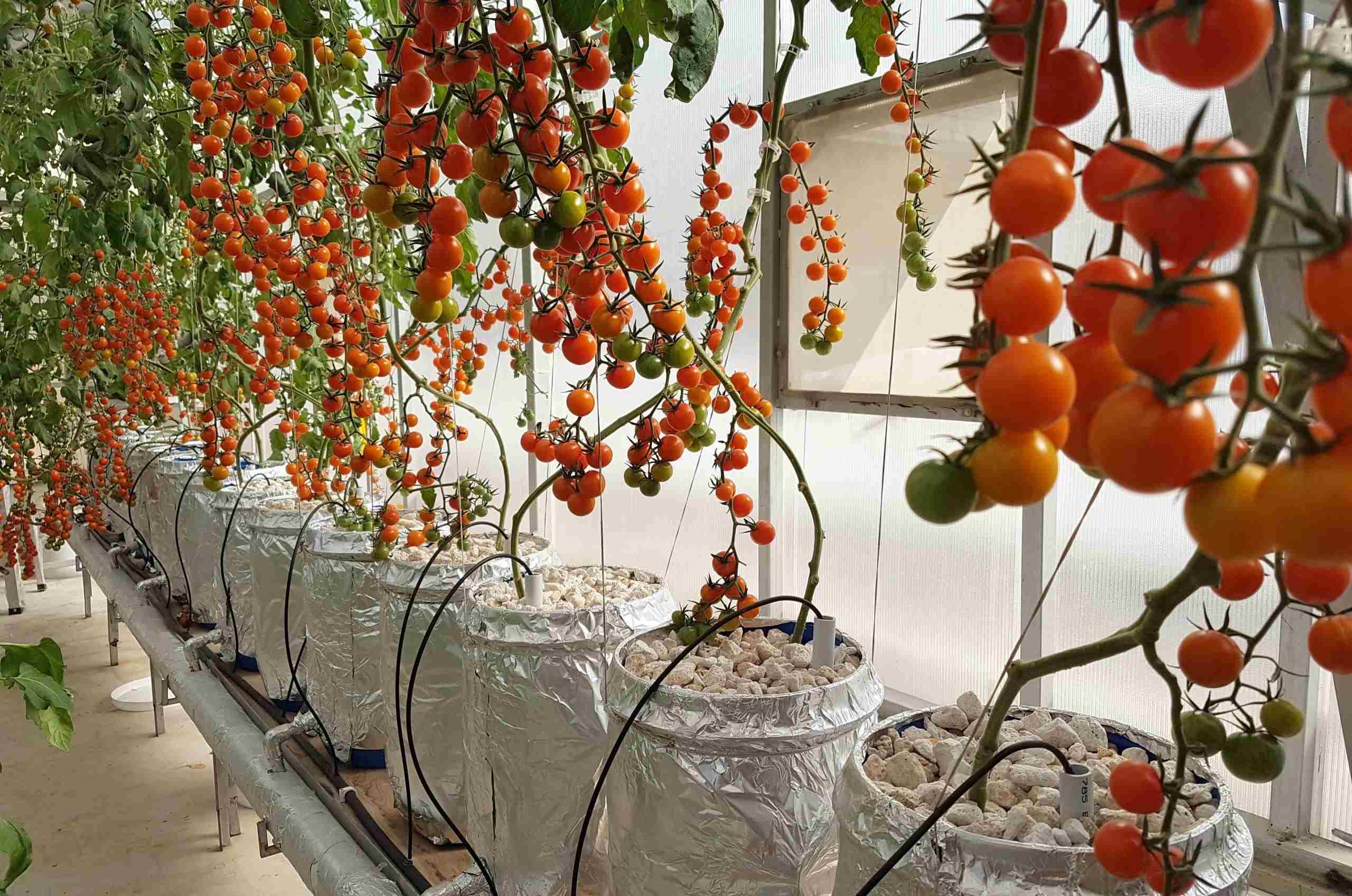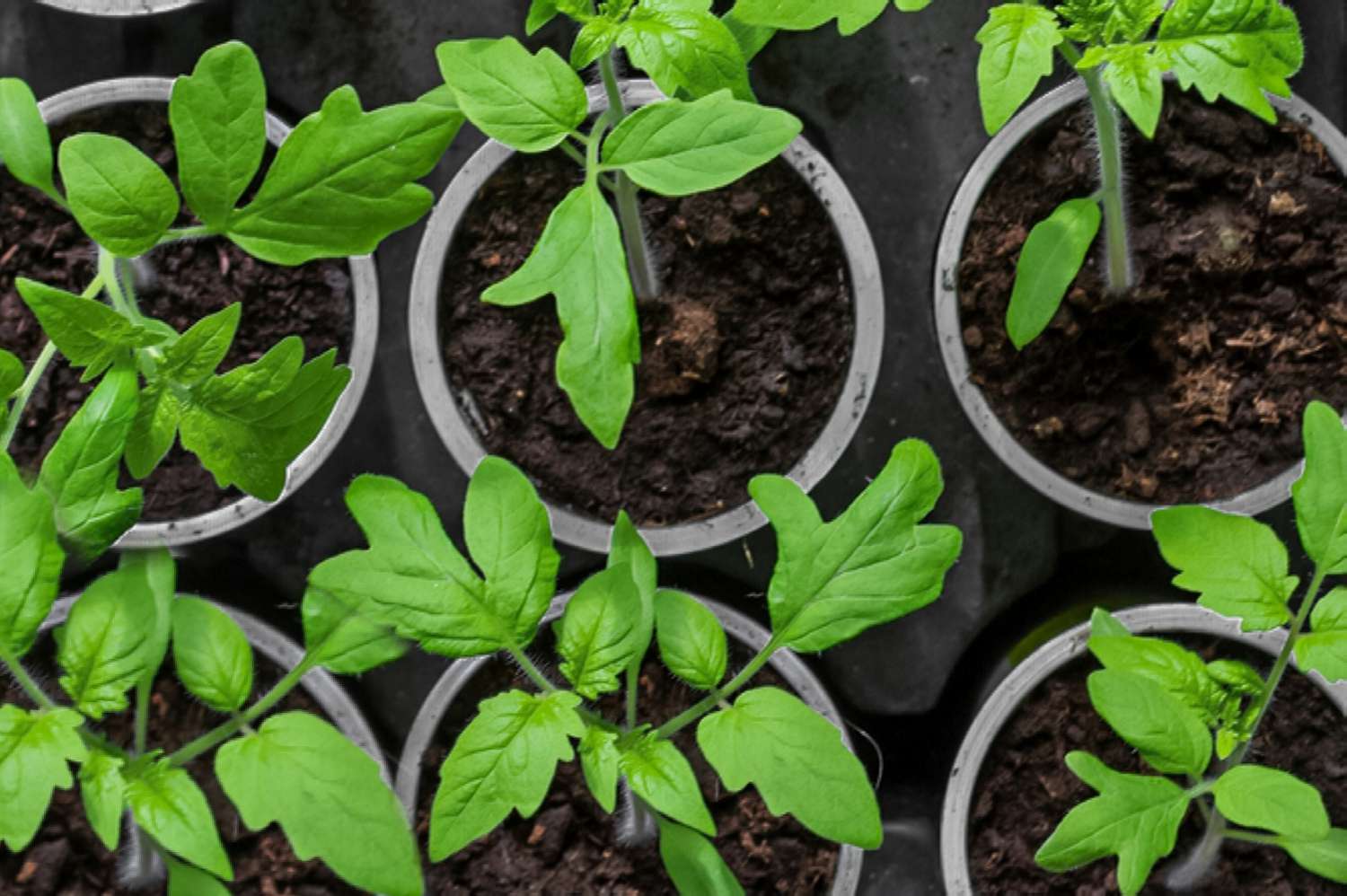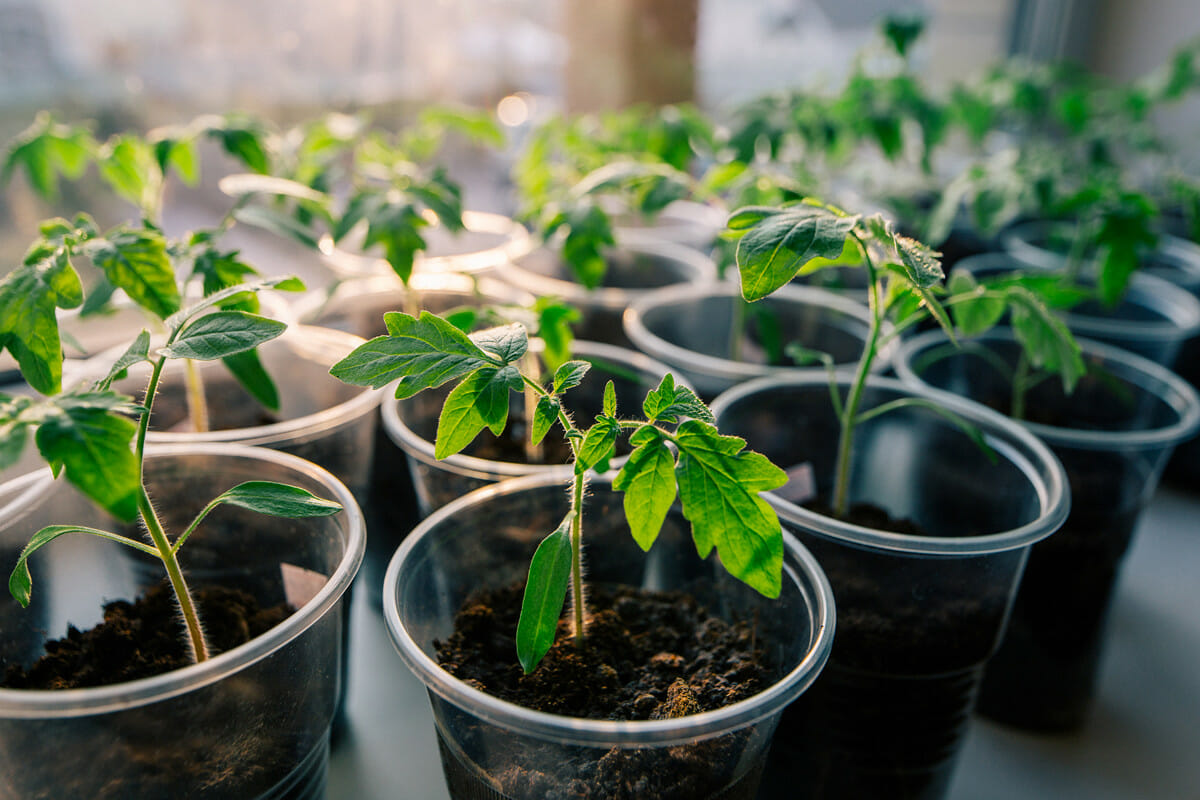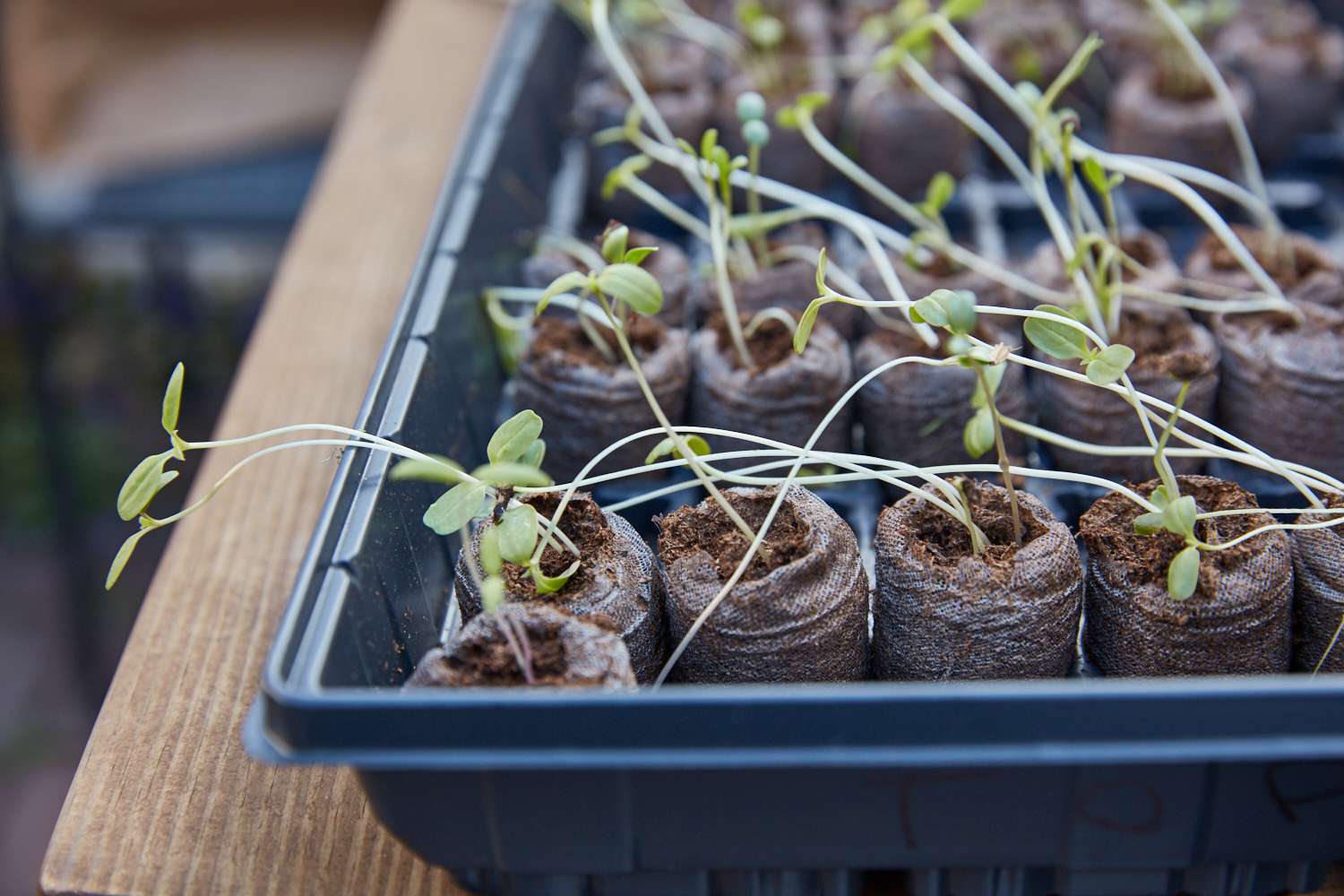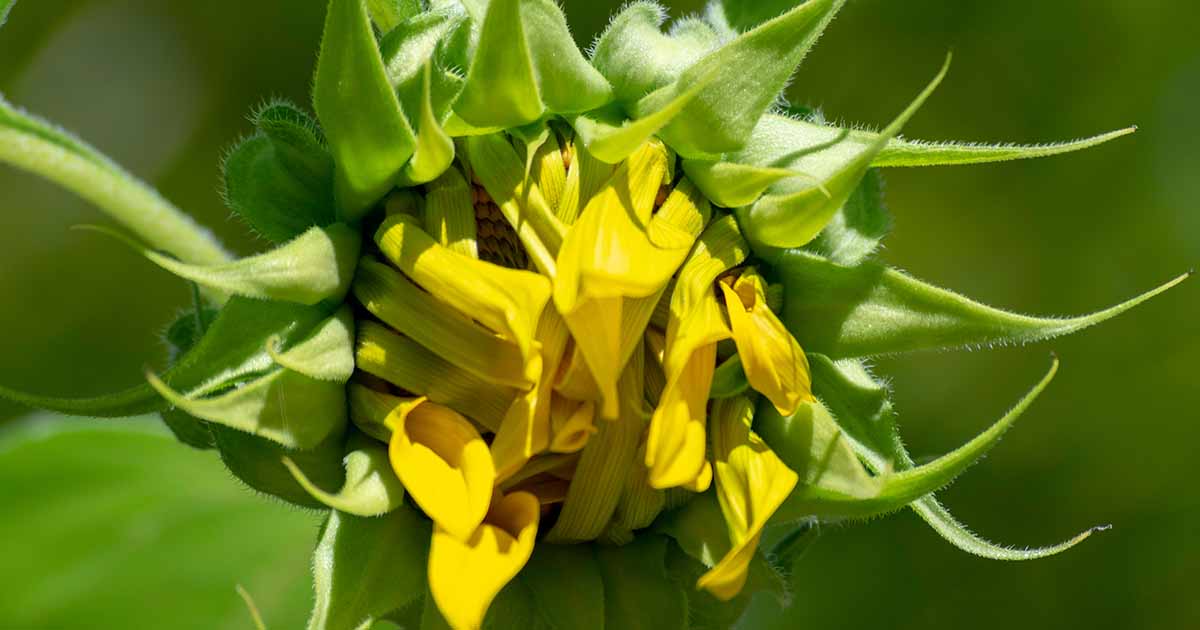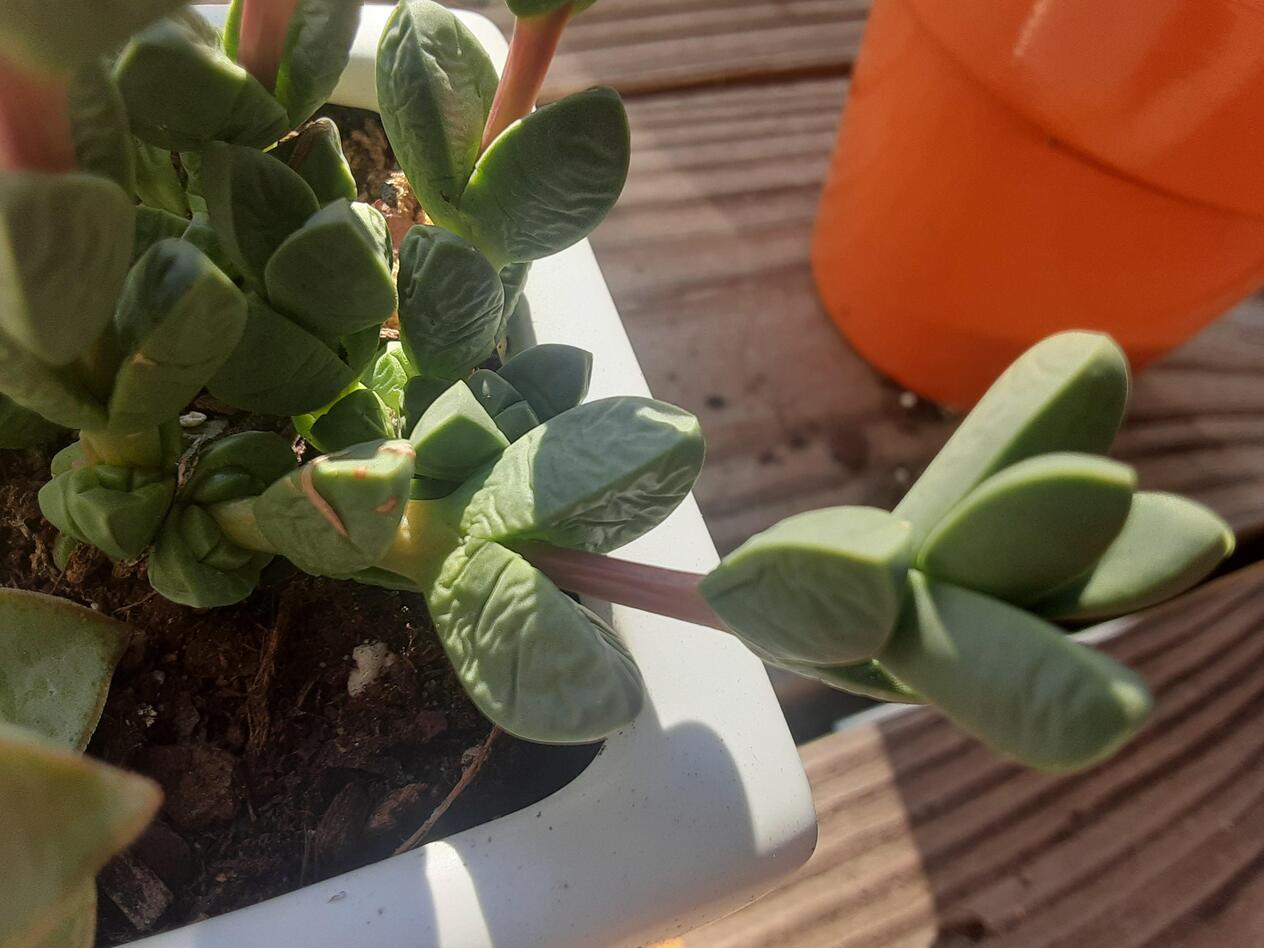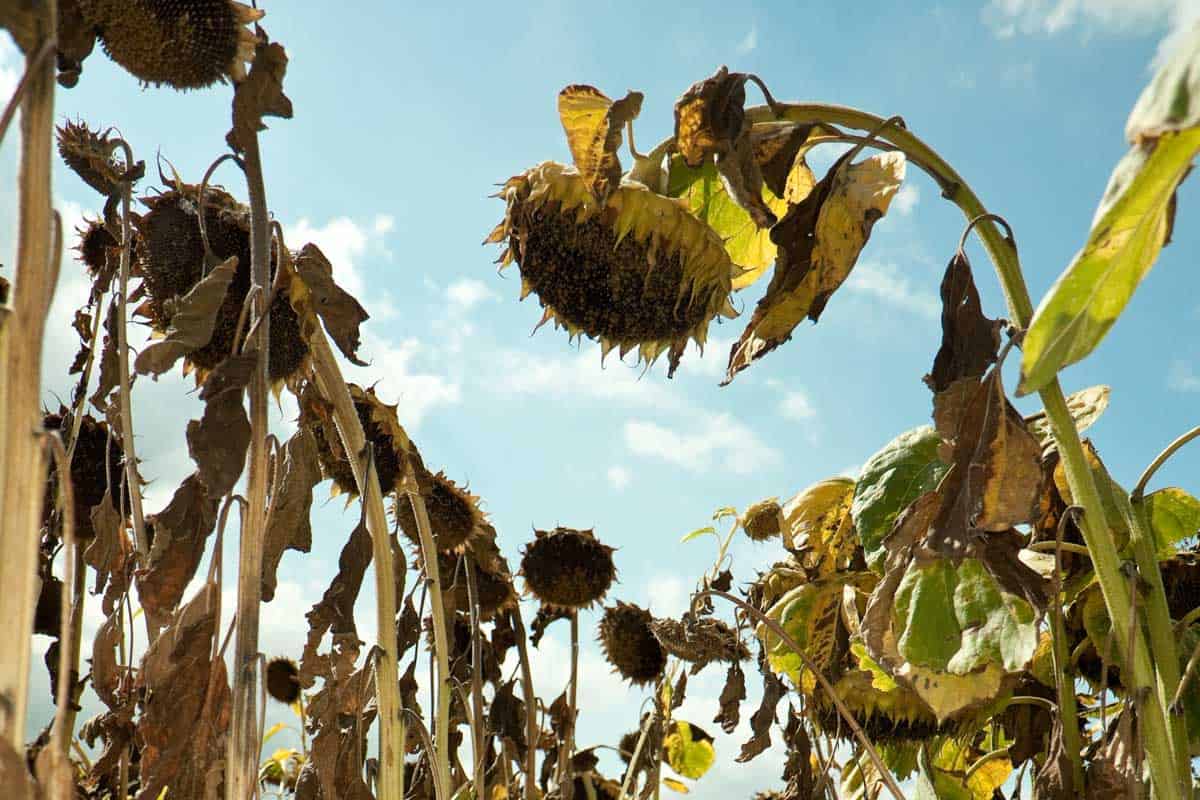Home>Types of Gardening>Edible Gardening>Why Aren’t My Tomato Seedlings Growing


Edible Gardening
Why Aren’t My Tomato Seedlings Growing
Modified: January 22, 2024
Discover the reasons why your tomato seedlings may not be growing and get expert tips on edible gardening to ensure successful growth. Learn how to troubleshoot common issues and nurture your plants to thrive.
(Many of the links in this article redirect to a specific reviewed product. Your purchase of these products through affiliate links helps to generate commission for Chicagolandgardening.com, at no extra cost. Learn more)
Table of Contents
Introduction
Understanding the Growth of Tomato Seedlings
Tomatoes are a favorite among home gardeners, prized for their vibrant colors, juicy texture, and versatility in the kitchen. Cultivating tomato seedlings can be an exciting endeavor, but it often comes with its fair share of challenges. As you eagerly anticipate the emergence of robust tomato plants, it can be disheartening to encounter stunted or slow growth in your seedlings. Understanding the factors that influence tomato seedling growth is crucial for nurturing healthy plants and reaping a bountiful harvest.
Tomato seedling growth is a delicate process that demands attention to detail and a nurturing touch. From the moment you plant the tiny seeds to the emergence of the first true leaves, each stage is a testament to the plant's resilience and the gardener's dedication. However, various factors can impede the growth of tomato seedlings, leading to frustration and disappointment for even the most seasoned gardeners.
In this comprehensive guide, we will delve into the intricacies of tomato seedling growth, exploring the key factors that influence their development. By understanding the nuances of nurturing tomato seedlings, you can equip yourself with the knowledge needed to overcome common challenges and foster optimal growth. Whether you are a novice gardener or a seasoned enthusiast, this guide will provide valuable insights to help you navigate the complexities of cultivating thriving tomato seedlings.
Throughout this article, we will explore the common mistakes that hinder tomato seedling growth and offer practical tips to encourage robust development. By the end of this journey, you will be empowered to foster healthy and vigorous tomato seedlings, setting the stage for a rewarding gardening experience and a plentiful tomato harvest. So, let's embark on this enlightening exploration of tomato seedling growth and discover the secrets to cultivating flourishing plants.
Understanding Tomato Seedling Growth
Tomato seedling growth encompasses a series of intricate stages, each crucial for the plant’s overall development. From the initial germination of the seed to the emergence of mature, fruit-bearing plants, understanding the journey of a tomato seedling is fundamental to successful cultivation.
Upon planting, tomato seeds require consistent moisture, warmth, and oxygen to trigger the germination process. Once the seed coat splits and the embryonic root, known as the radicle, emerges, the seedling embarks on its quest for growth. The emergence of the cotyledons, the embryonic leaves, marks the next phase, providing essential nutrients to sustain the seedling until it can produce true leaves and begin photosynthesis.
As the seedling develops, the formation of true leaves signifies the transition from dependency on stored nutrients to self-sufficiency through photosynthesis. This pivotal stage sets the foundation for the plant’s future growth and productivity. Vigorous growth at this juncture is indicative of the seedling’s potential to thrive and bear fruit in the coming months.
Understanding the factors that influence tomato seedling growth is imperative for nurturing healthy plants. Light, temperature, moisture, and nutrients play pivotal roles in shaping the growth trajectory of tomato seedlings. By optimizing these environmental factors and providing attentive care, gardeners can effectively support the robust development of their tomato seedlings.
Throughout this section, we will delve into the specific factors that impact tomato seedling growth, shedding light on the intricate interplay between environmental conditions and the physiological processes of the plant. By gaining a deeper understanding of these dynamics, you will be better equipped to identify and address potential challenges that may hinder the growth of your tomato seedlings.
Join us as we unravel the mysteries of tomato seedling growth, gaining insights that will empower you to cultivate thriving plants and savor the joys of a successful harvest.
Factors Affecting Tomato Seedling Growth
Several key factors significantly influence the growth and development of tomato seedlings, ultimately shaping the vigor and productivity of the mature plants. Understanding these factors is essential for creating an optimal environment that fosters robust and healthy seedling growth.
1. Light: Adequate light is crucial for the photosynthetic process, which fuels the growth of tomato seedlings. Insufficient light can lead to leggy, weak seedlings that struggle to support the weight of mature plants and produce abundant fruit. Providing ample natural or artificial light is imperative for nurturing sturdy and resilient tomato seedlings.
2. Temperature: Tomato seedlings thrive in warm temperatures, typically between 70-85°F (21-29°C). Excessive cold can impede growth, while excessive heat can cause stress and hinder development. Maintaining a consistently warm and stable environment is essential for promoting healthy growth in tomato seedlings.
3. Moisture: Proper moisture levels are critical for the growth of tomato seedlings. Inconsistent watering can lead to issues such as root rot or stunted growth, while overwatering can suffocate the roots and inhibit nutrient uptake. Striking a balance and ensuring adequate drainage is essential for fostering optimal growth.
4. Nutrients: Providing a balanced and nutrient-rich growing medium is essential for supporting the vigorous growth of tomato seedlings. A deficiency in essential nutrients, particularly nitrogen, phosphorus, and potassium, can hinder development and lead to stunted or discolored foliage. Supplementing with organic matter or a suitable fertilizer can help address nutrient deficiencies and promote healthy growth.
5. Air Circulation: Good air circulation is crucial for preventing fungal diseases and ensuring the proper exchange of gases during photosynthesis. Stagnant air can create a conducive environment for pathogens, while gentle air movement can promote sturdy stem development and overall plant resilience.
By recognizing and addressing these key factors, gardeners can create an environment that optimally supports the growth of tomato seedlings, setting the stage for robust and productive plants in the future. In the next section, we will explore common mistakes in caring for tomato seedlings and how to rectify them to ensure healthy and vigorous growth.
Common Mistakes in Caring for Tomato Seedlings
While nurturing tomato seedlings, it’s essential to be mindful of common mistakes that can impede their growth and overall health. By recognizing and rectifying these errors, gardeners can create an environment that optimally supports the robust development of their tomato seedlings.
1. Overwatering: Excessive watering can lead to waterlogged soil, depriving the roots of essential oxygen and impeding nutrient uptake. It can also contribute to the development of root rot and other fungal diseases. Striking a balance and allowing the soil to partially dry out between watering sessions is crucial for preventing water-related issues.
2. Inadequate Light: Insufficient light can result in leggy, weak seedlings that struggle to support the weight of mature plants. Placing seedlings in a location with inadequate natural light or failing to provide supplemental lighting can hinder their growth. Ensuring that tomato seedlings receive ample light is essential for fostering sturdy and resilient plants.
3. Improper Temperature: Fluctuating or excessively cold temperatures can stunt the growth of tomato seedlings, while excessive heat can cause stress and hinder development. Maintaining a consistently warm and stable environment is crucial for promoting healthy growth. Protecting seedlings from temperature extremes is essential for their overall well-being.
4. Poor Air Circulation: Inadequate air circulation can create a favorable environment for fungal diseases and hinder the exchange of gases essential for photosynthesis. Ensuring gentle air movement around the seedlings can promote sturdy stem development and overall plant resilience, reducing the risk of disease and supporting healthy growth.
5. Improper Nutrient Management: Over-fertilizing or using unbalanced fertilizers can lead to nutrient imbalances and hinder the growth of tomato seedlings. Conversely, a deficiency in essential nutrients can manifest as stunted growth or discolored foliage. Providing a balanced and nutrient-rich growing medium is essential for supporting vigorous growth.
By being mindful of these common mistakes and taking proactive measures to address them, gardeners can create an environment that optimally supports the growth and development of their tomato seedlings. In the following section, we will provide valuable tips for encouraging robust growth in tomato seedlings, empowering gardeners to cultivate thriving plants and enjoy a bountiful harvest.
Tips for Encouraging Tomato Seedling Growth
Empowering tomato seedlings to thrive requires attentive care and a nurturing environment. By implementing the following tips, gardeners can foster robust growth and set the stage for healthy, productive tomato plants.
1. Provide Adequate Light: Position tomato seedlings in a location that receives ample natural light, ideally near a south-facing window. If natural light is insufficient, consider using supplemental grow lights to ensure that seedlings receive the energy they need for vigorous growth.
2. Maintain Optimal Temperature: Create a warm and stable environment for tomato seedlings, keeping temperatures consistently between 70-85°F (21-29°C). Utilize heating mats or adjustable thermostats to regulate temperature and protect seedlings from the detrimental effects of temperature extremes.
3. Water Wisely: Water tomato seedlings consistently, allowing the soil to partially dry out between watering sessions to prevent waterlogged conditions. Use room-temperature water to avoid shocking the delicate roots, and ensure proper drainage to prevent water-related issues.
4. Implement Nutrient Management: Use a balanced and nutrient-rich growing medium to provide essential nutrients for robust growth. Consider incorporating organic matter or a suitable fertilizer to address any nutrient deficiencies and support the healthy development of tomato seedlings.
5. Promote Air Circulation: Ensure gentle air movement around tomato seedlings to promote sturdy stem development and reduce the risk of fungal diseases. This can be achieved by using oscillating fans on low settings or gently wafting air with a handheld fan to encourage optimal air circulation.
6. Practice Pruning: As tomato seedlings develop, gently remove the lower leaves to promote airflow and discourage the onset of fungal diseases. This practice also directs the plant’s energy toward upper growth, encouraging strong and healthy development.
7. Harden Off Seedlings: Prior to transplanting seedlings outdoors, gradually acclimate them to outdoor conditions by exposing them to natural elements such as sunlight and gentle breezes. This process, known as hardening off, prepares seedlings for the transition to the outdoor environment, reducing the risk of shock and promoting resilience.
By incorporating these tips into their care routine, gardeners can create an environment that optimally supports the growth and development of tomato seedlings. These proactive measures empower gardeners to cultivate thriving plants and lay the foundation for a successful and abundant harvest.
Conclusion
Embarking on the journey of nurturing tomato seedlings is a rewarding and enlightening experience, filled with the promise of a bountiful harvest and the satisfaction of witnessing the growth and development of vibrant plants. By understanding the delicate nuances of tomato seedling growth and the factors that influence their development, gardeners can create an optimal environment that fosters robust and healthy plants.
Throughout this comprehensive guide, we have explored the intricate stages of tomato seedling growth, delving into the key factors that significantly impact their development. From the crucial role of light and temperature to the importance of moisture, nutrients, and air circulation, each element plays a pivotal role in shaping the growth trajectory of tomato seedlings.
Furthermore, we have shed light on common mistakes in caring for tomato seedlings and provided valuable tips for encouraging their robust growth. By being mindful of these potential pitfalls and implementing proactive measures, gardeners can create an environment that optimally supports the development of healthy and resilient tomato plants.
As you continue on your journey of cultivating tomato seedlings, remember that each plant is a testament to your dedication and nurturing care. Embrace the intricacies of their growth, celebrate their resilience, and savor the anticipation of a fruitful harvest. With the knowledge and insights gained from this guide, you are well-equipped to navigate the complexities of nurturing thriving tomato seedlings and reaping the rewards of a successful gardening endeavor.
May your garden be abundant with flourishing tomato plants, vibrant with color, and rich with the promise of delicious harvests. Embrace the joy of tending to your seedlings, and revel in the beauty of their growth as they flourish under your attentive care.
